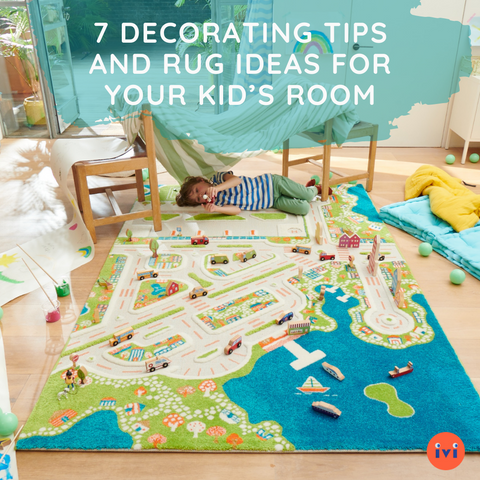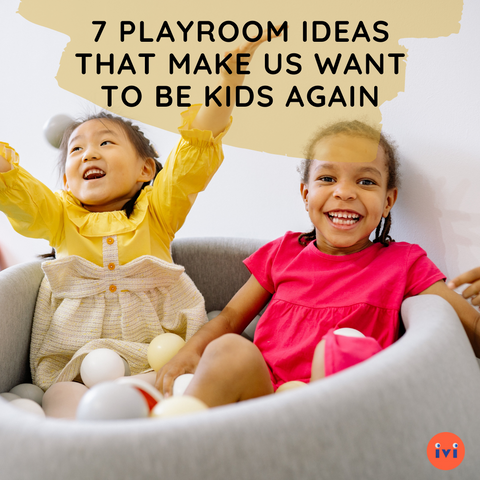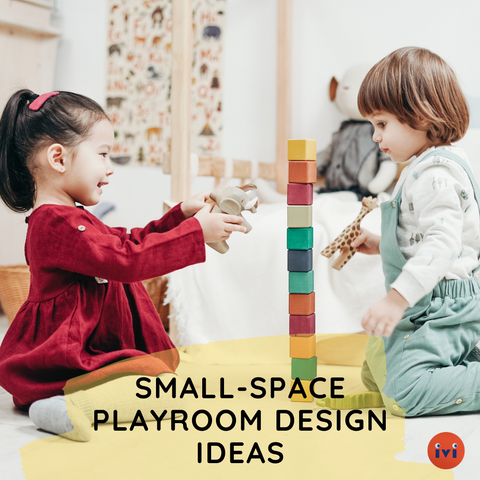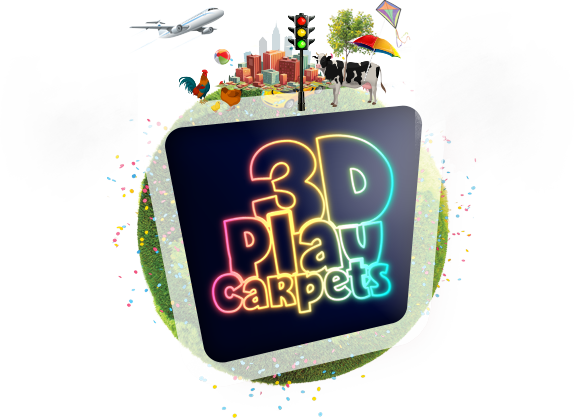
What is the Montessori method and what is it all about?
Fri, Aug 14, 2020
The Montessori Method of Education. You've seen it everywhere. It's on blogs, social media, news articles, parenting books. But what exactly is it? And what is so different about it?
What is the Montessori Method of Education?
The Montessori Method of Education is an approach to learning developed in the early 1900s by Italian educator, innovator, and physician Maria Montessori. With the Montessori method of education, the child takes the lead and independence is encouraged. They learn through activities rather than through sitting and listening to a lecture. The aim of the Montessori method is to foster a desire for learning within children. Maria Montessori believed that utilizing her method and giving children the ability to act freely and make their own choices would result in optimal development.
What are the main principles of Montessori Education?
According to the American Montessori Society, there are 5 core components of Montessori Education:
Trained Montessori teachers
Montessori teachers observe children and let their individual qualities guide lessons and materials. They observe not only cognitive development, but also children's social and emotional development along with their unique interests and abilities. They then allow children to recognize these interests and abilities within their learning environment.
Multi-age classrooms
Much like the real world, Montessori classrooms allow children of different age groups to work together. Oftentimes, older children can guide younger children and teach them new concepts in ways adults may be unable to. This not only helps younger children learn new concepts from their peers, but it also helps to solidify the concept within the older children through teaching.
Using Montessori materials
Montessori materials allow children to experiment and, in turn, learn! By working independently with items and learning how they work with the world around them, children can develop fine motor skills and understand how the world works. The five main components of the Montessori learning environment include: Practical Life, Sensorial, Language, Mathematics, and Culture. Montessori materials will touch on one or several of these components.
Child-directed work
Children are not constrained to one area or activity in a Montessori classroom. They are allowed to get up and explore the classroom as they wish. As the child roams around the room, they will awake their curiosity and find an activity that they are interested in. The teacher will work to make sure children remain on the path towards learning and keep a productive environment.
Uninterrupted work periods
During these uninterrupted work periods, children are able to select tasks that they will tackle at their own pace. After selecting their activity, they are able to take part for as long as they are interested. When they no longer wish to continue with an activity, or they have finished, children clean up their activity, return it to its proper place, and select a new activity. By working uninterrupted, children are able to cultivate concentration and independence.
Is the Montessori method only for young children? Can older children take part in the Montessori method?
The Montessori method is not only for young children. School programs range all the way from infancy to the late teenage years. The American Montessori Society states the following age groupings for best practices of Montessori:
Infants: Within a range of birth – 18 months
Toddlers: Within a range of 15 months – 3 years
Early Childhood: Ages 2½ – 6
Lower Elementary: Ages 6 – 9
Upper Elementary: Ages 9 – 12 (or a combined Lower and Upper Elementary, ages 6 – 12)
Secondary: Ages 12 – 15 and 15 – 18, or 12 – 14, 14 – 16, and 16 – 18
*Please note that state regulations may require these age groupings to be altered. Check your local programs to get the most accurate information for your location.
Can I use my IVI 3D play carpet in a Montessori home?
Yes! When a child decides to work on the floor in a Montessori classroom, they use a work mat. These work mats define the work space for a child and allow them a specified place to set up their materials and do their work. Similarly, our play carpets can be used to define a child's work or activity space on the floor.
Our play carpets can also be used as an environment to accompany other Montessori toys, such as building blocks. Children can use these blocks to build whatever they can imagine. Our play carpets allow children to learn about the world around them and allow them an environment to act out realistic scenes to work on the development of their social skills. Having additional small toys can also allow the children to work on order and interest in small objects. On our Farm carpet, for example, young children may put their small duck toys lined up with the ducks in the carpet's pond, organizing them and setting them in rows. On our Mini City carpet, they might drive in the identified lanes and park their cars in ordered rows much like you would in real life.
Do you utilize Montessori principles in your home? Let us know in the comments!












Leave a comment